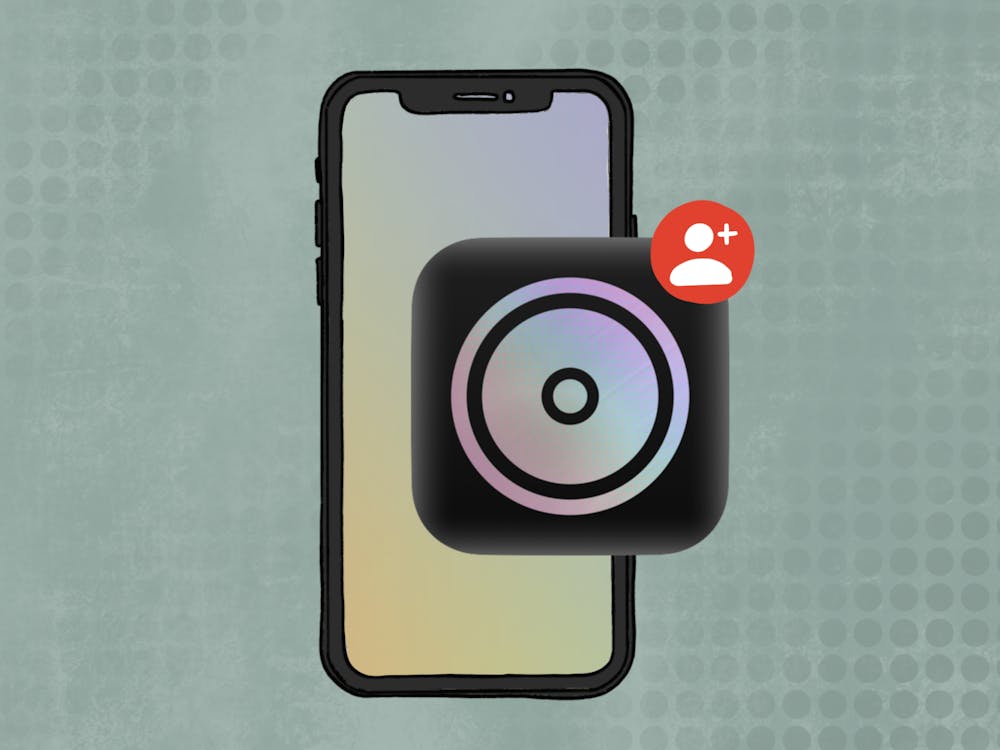Things just ain’t the same for gangsters. N.W.A.‘s “Efil4zaggin” debuted at number one on the Billboard charts in 1991, and ever since, rap has maintained an impressive foothold in American popular music. Of course, longevity without change is impossible in pop music. Rap didn’t sustain itself by sticking to a script written by the guys who wrote that song about their qualms with the LAPD.
But it didn’t stray too far at first. The 90s were a renaissance for the gangster rap N.W.A. pioneered. This was rap which spun unglamorous tales of a life of crime in abject urban poverty without much perceived embellishment or sentimentality. Name a great rapper from the decade and see how squarely his content fits within the definition. Biggie, Tupac, Nas, Jay-Z, Snoop, Guru, E-40, Scarface, B-Real, Pimp C — the list is long enough to fill my entire allotted word count. There were outsiders as early as 1987, but these acts — Beastie Boys, A Tribe Called Quest, Souls of Mischief, Mos Def and the like — were the alternative, a few weirdos carving out niches on the fringes of the hip-hop movement.
Conservative types will still wag their fingers at contemporary rap music for its endless stream of guns and drugs. But a closer look at the genre reveals the stream is rapidly running dry. 50 Cent and Cam’ron carried gangster rap into the 2000s by stripping it of explicit pathos and turning themselves into triumphalist supervillains. T.I., Young Jeezy, Gucci Mane and Waka Flocka Flame gave the subgenre a momentary boost in the late aughts with trap music — the sometimes wordy, sometimes blunt, always aggressive Atlanta faction weaving drug-dealer narratives into thunderous 808 drum patterns. But at this point, the script had flipped. The aforementioned “alternative” was now the norm, with gangster rap floundering about on the fringes. This all started, insofar as these seismic changes in pop music have a beginning: with Kanye West.
West’s 2004 debut “The College Dropout” carved out a lane for the vulnerable, reflective, middle-class emcee, which would soon become the fast lane to success. The most memorable moment in the internal culture war between these new-wave “Kanye types” and gangster rappers came in 2007, when Kanye and 50 Cent released their blockbuster albums on the same day. Kanye’s extravagant “Graduation” outsold 50’s “Curtis” by a humiliating margin. The jig was up.
The people wanted feelings. 50 was an old-guard hardhead vainly clinging to mythical invincibility. Kanye offered new dimensions and emotional entry points besides blustery escapist fantasy. He had righteous politics, but not the self-righteous kind which soured alternative rap’s good intentions into heavy-handed pretensions in the 90s. It was a package of cozy sounds and endearing insights — all wrapped in earnest, starry-eyed artistic ambition.
Then, in 2008, he softened and deepened the whole model with “808s & Heartbreak,” a digression devoted entirely to brooding and self-laceration in response to his mother’s death and an ugly broken engagement. The record included no rapping, just Kanye groaning through Auto-Tune like a crestfallen cyborg. Its success and enduring influence proved both the power of Kanye’s personality and the sustainability of the persona he had created. A new center was taking shape.
Today, the center is Drake, the sensitive soap star turned leader of the digital-age musical zeitgeist. It’s middlebrow, snapback-sporting blowhards like J. Cole, Big Sean and Wale. It’s forlorn stoner bros like Kid Cudi and Mac Miller. It’s insular cults of personality like Eminem and Tyler, The Creator, and thoughtful observers like Kendrick Lamar and the insufferably didactic Macklemore. In other words, it’s not 50 Cent, and it’s not gangster rap.
Depending on your vantage point, this is either a step in a positive direction for rap music, or the gentrification of a cultural crusade born out of the systematic oppression in destitute urban ghettos. I’m somewhere in between, but lean towards the latter every time I hear Macklemore’s ““Can’t Hold Us”“:http://www.youtube.com/watch?v=2zNSgSzhBfM blaring from the car speakers of some well-meaning bro eager to lecture anyone who appreciates street-minded rap on the merits of “real hip-hop.” I don’t want to go down the rabbit hole and sully a piece about the art with nebulous and irresolvable sociopolitical arguments. Whatever your angle, one thing is clear: things just ain’t the same for gangsters.
This is part one in a three-part series. Check back next week for the next installment.




